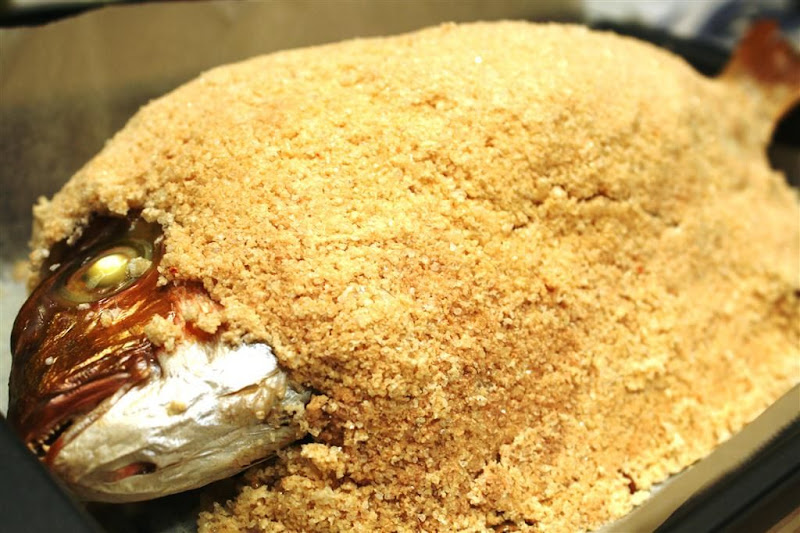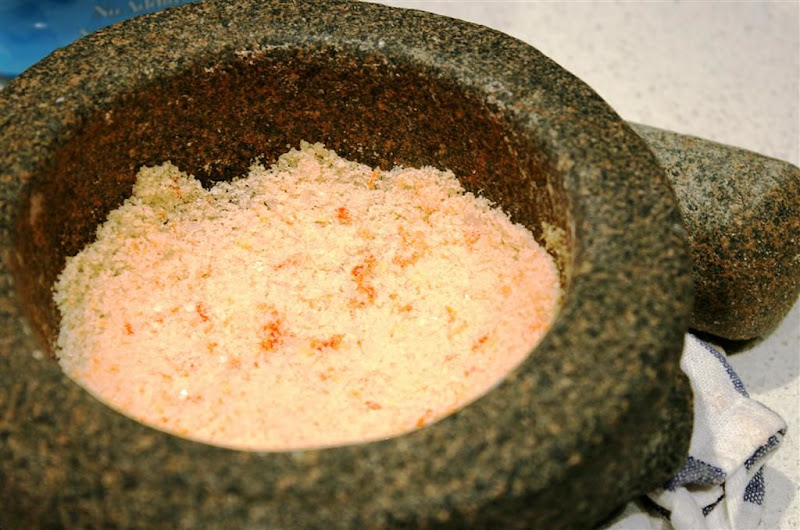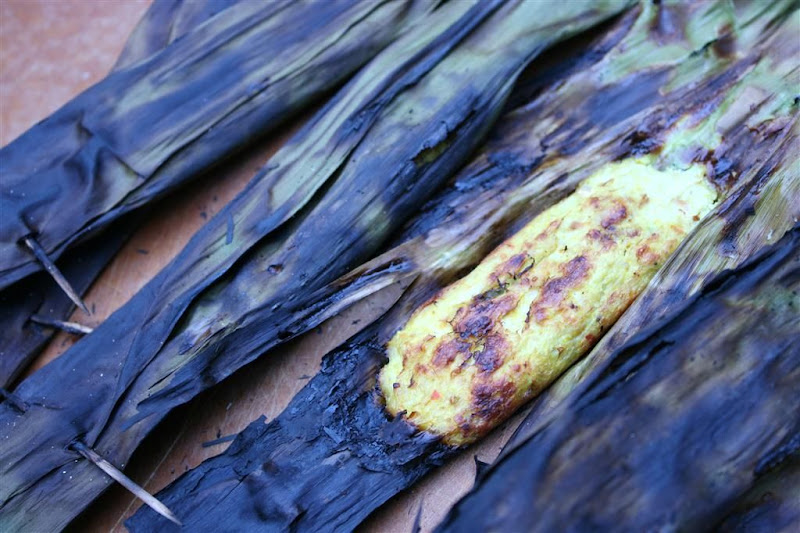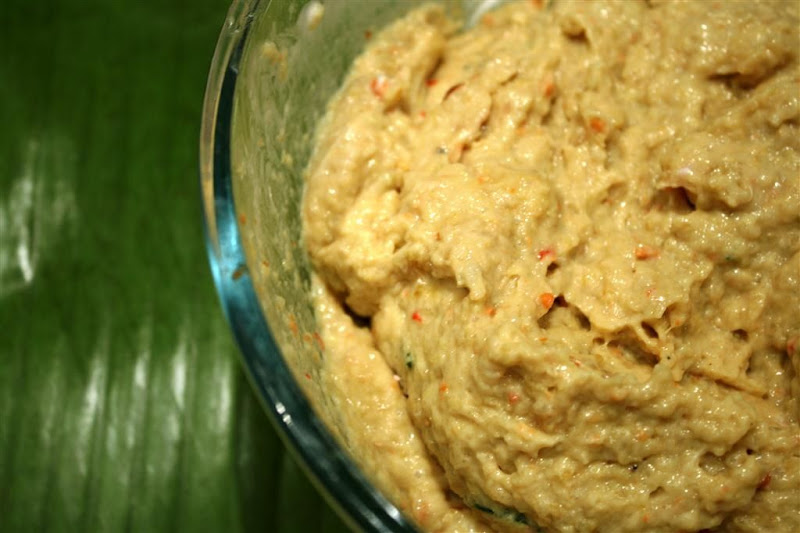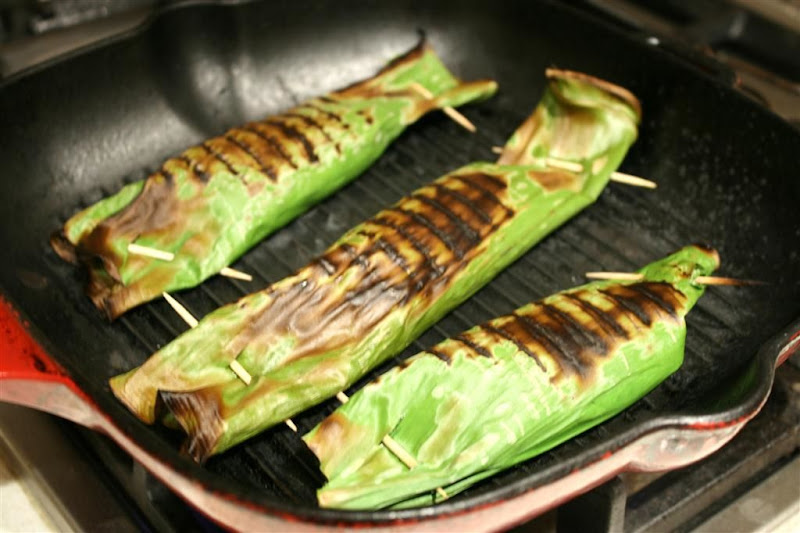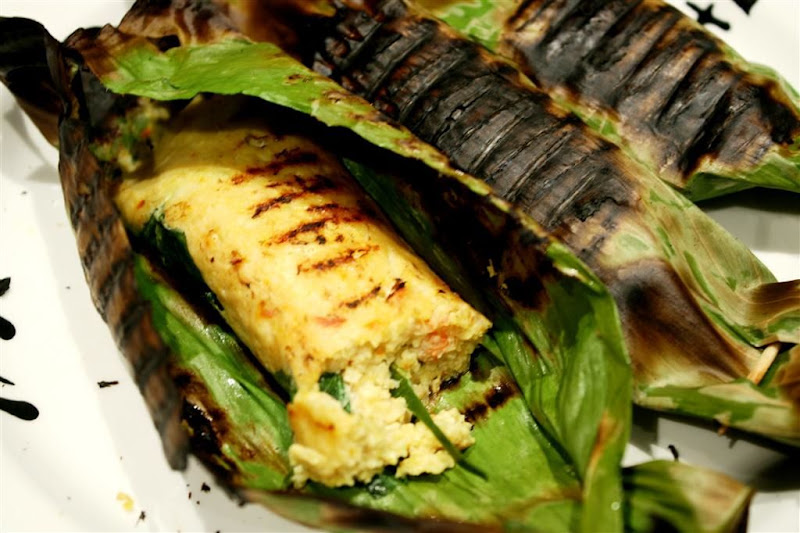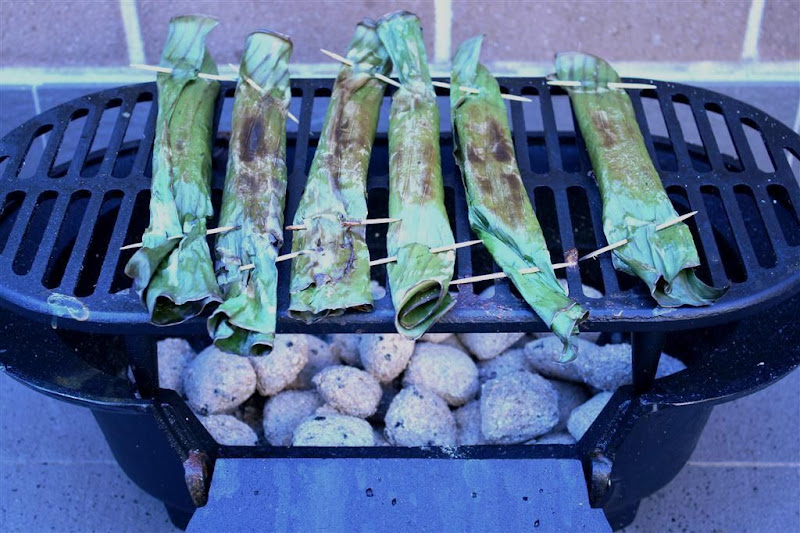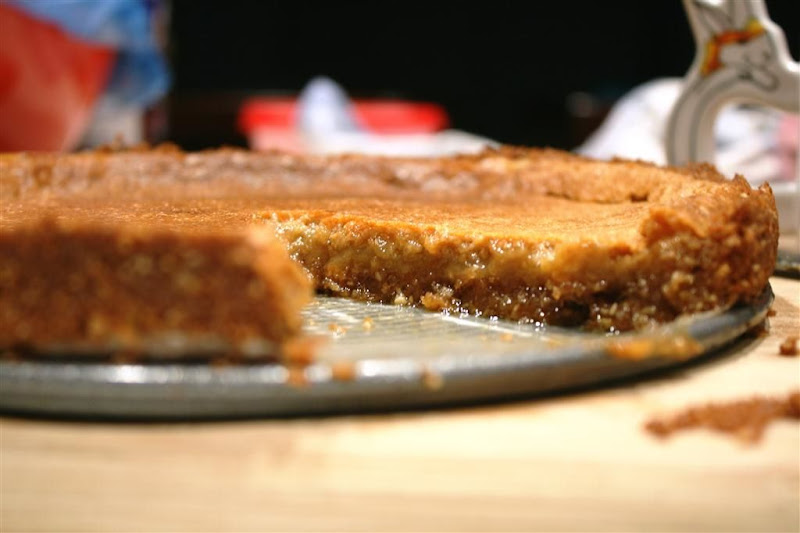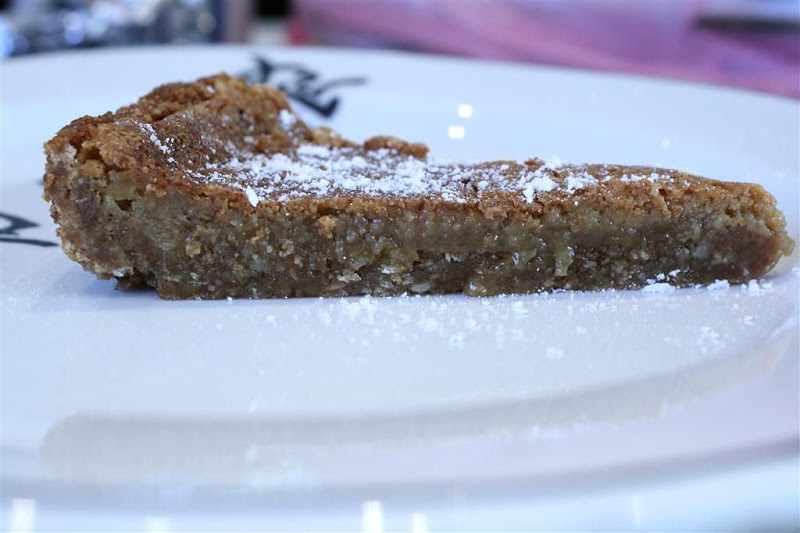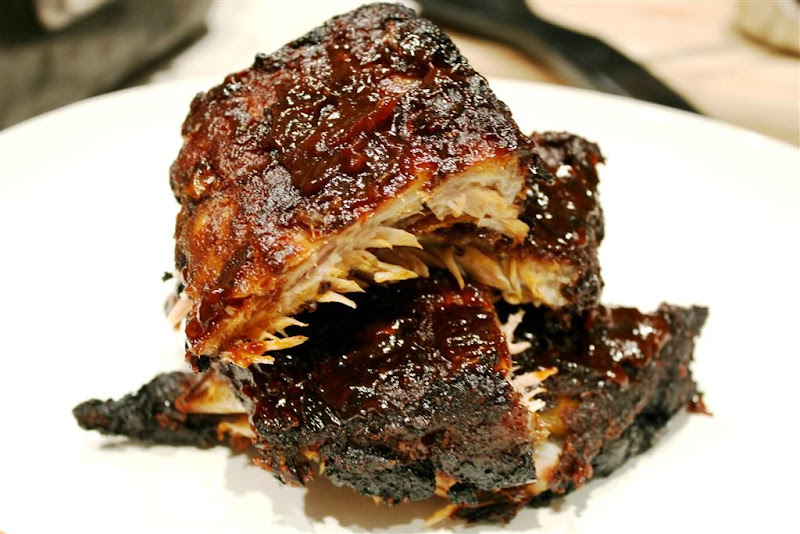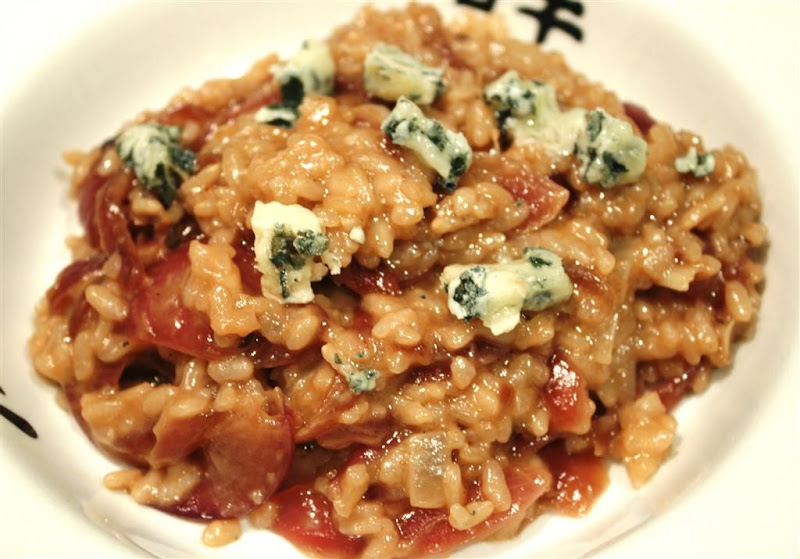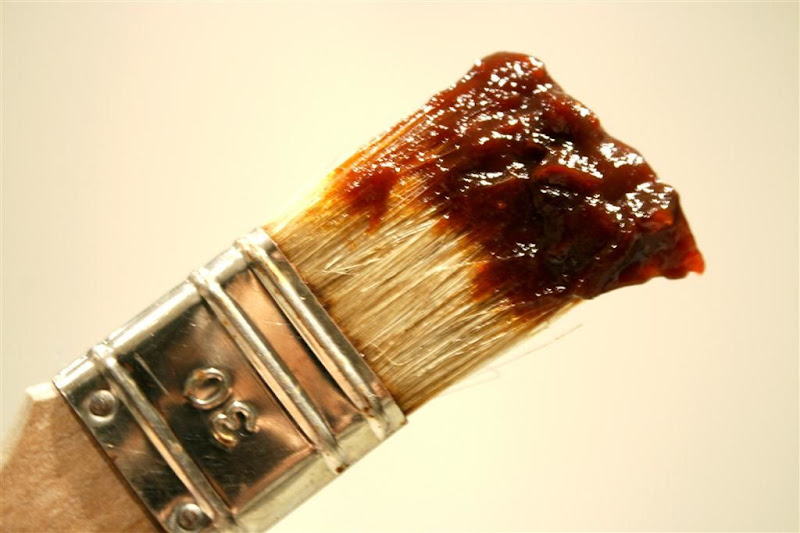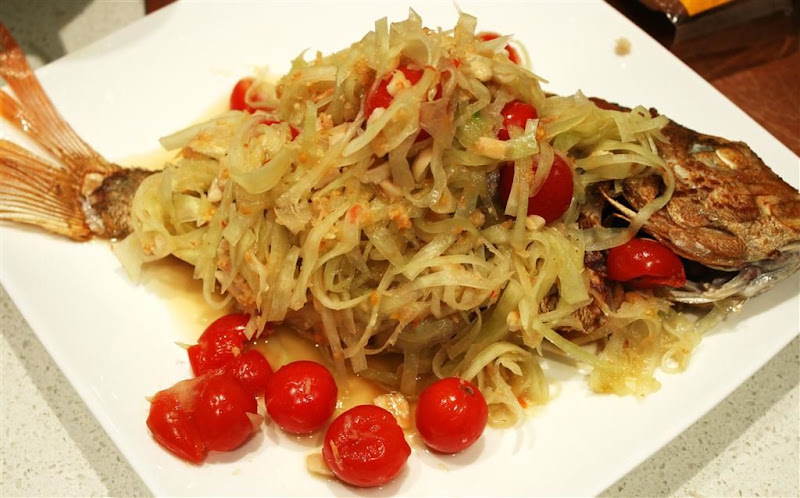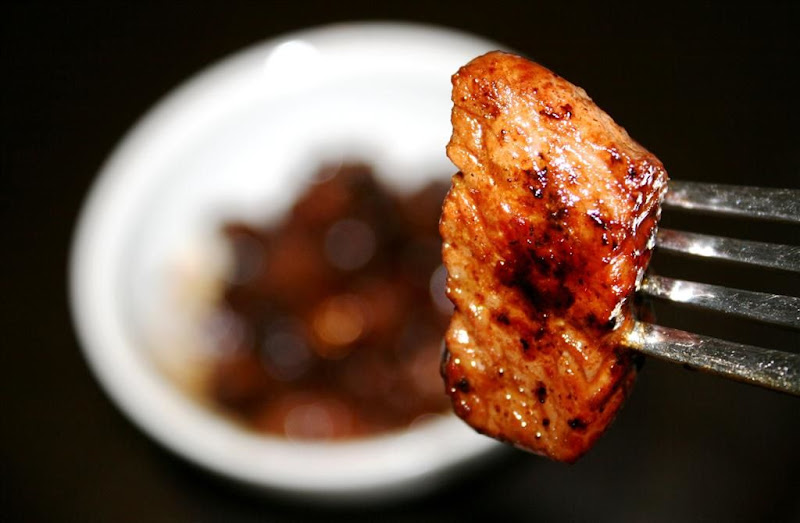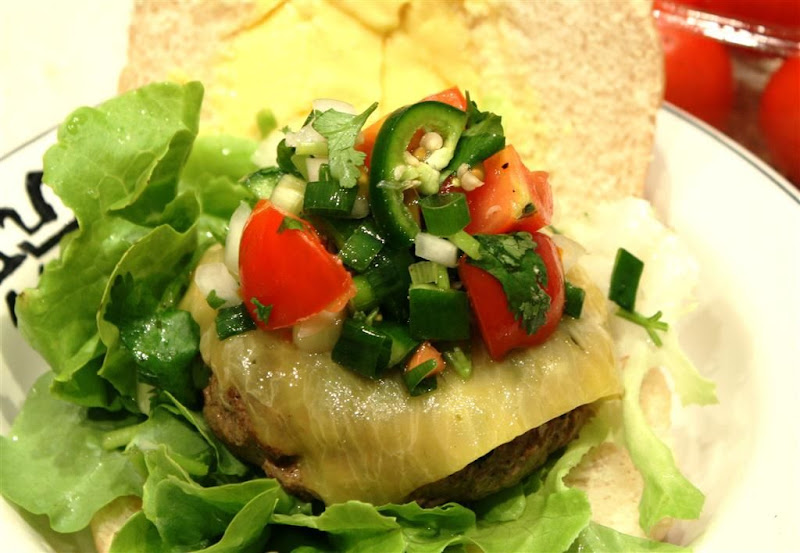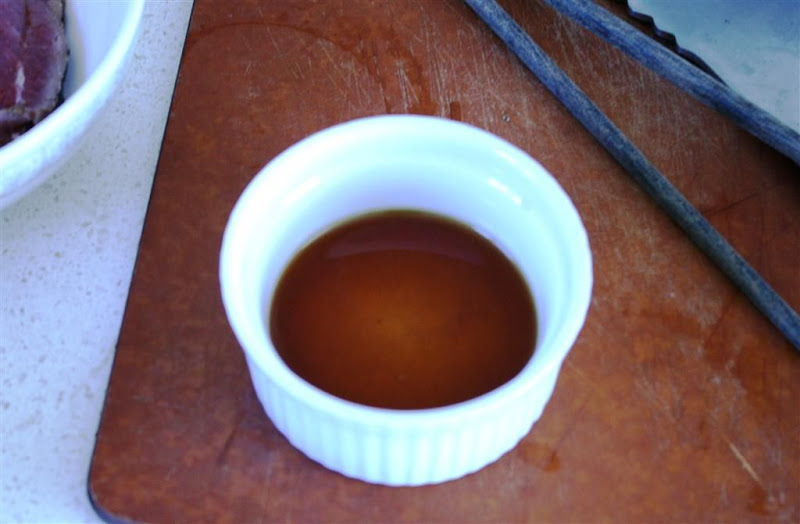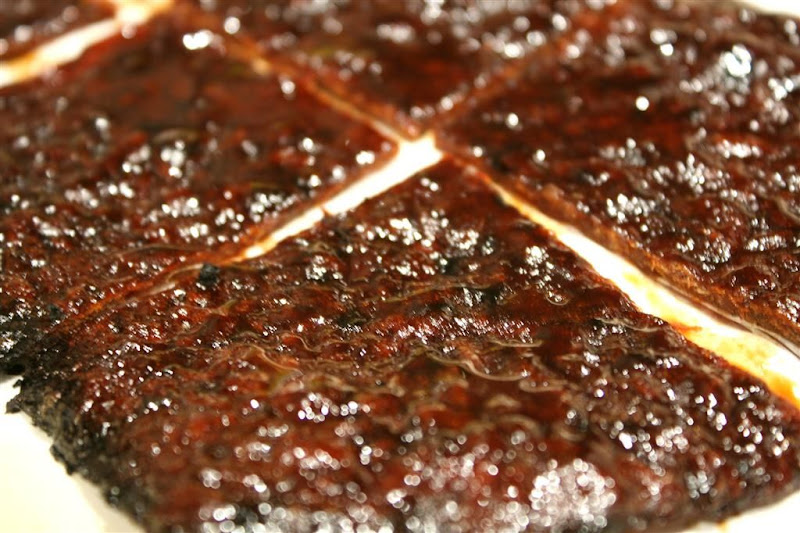I love the aromatic spices that fills my kitchen when I make this dish. The weather has started to turn chilly the past couple of days, and whats better than sitting in front of the TV with a warm bowl of spicy coconut beef stew ??
It usually takes me about 3 hours from beginning to end to make this, but it is so worth it. :)
Whenever I do make this now, I try to make a big pot, so that at least it lasts a bit longer. The leftovers always taste better the next day or two.
If I really wanted Beef Rendang right now, then I'll resort to my pressure cooker recipe. But in terms of taste, this recipe from Rasa Malaysia is still ahead by a long way. I don't think I've gone back to my pressure cooker recipe ever since I discovered this one.
My local Asian Butcher doesn't understand what Beef Short Rib is, so I settle for Gravy beef or Chuck Steak instead.
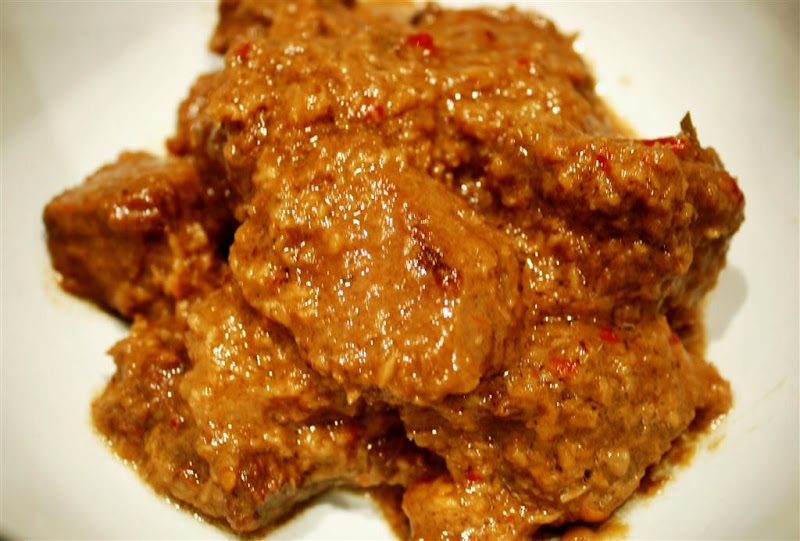
Beef Rendang
Recipe from Rasa Malaysia.com
Ingredients:
- 1 1/2 pound boneless beef short ribs (cut into cubes)
- 5 tablespoons cooking oil
- 1 cinnamon stick (about 2-inch long)
- 3 cloves
- 3 star anise
- 3 cardamom pods
- 1 lemongrass (cut into 4-inch length and pounded)
- 1 cup thick coconut milk
- 1 cup water
- 2 teaspoons tamarind pulp (soaked in some warm water for the juice and discard the seeds)
- 6 kaffir lime leaves (very finely sliced)
- 6 tablespoons kerisik (toasted coconut)
- 1 tablespoon sugar/palm sugar or to taste
- Salt to taste
Spice Paste:
- 5 shallots
- 1 inch galangal
- 3 lemongrass (white part only)
- 5 cloves garlic
- 1 inch ginger
- 10-12 dried chilies (soaked in warm water and seeded)
Method:
- Chop the spice paste ingredients and then blend it in a food processor until fine.
- Heat the oil in a stew pot, add the spice paste, cinnamon, cloves, star anise, and cardamom and stir-fry them until aromatic.
- Add the beef and the pounded lemongrass and stir for 1 minute.
- Add the coconut milk, tamarind juice, water, and simmer on medium heat, stirring frequently until the meat is almost cooked.
- Add the kaffir lime leaves, kerisik (toasted coconut), sugar/palm sugar, stirring to blend well with the meat.
- Lower the heat to low, cover the lid, and simmer for 1 – 1 1/2 hours or until the meat is really tender and the gravy has dried up.
- Add salt to taste. If not sweet enough, add more sugar to taste.
- Serve immediately with steamed rice and save some for overnight.
Notes:
- To prepare the kerisik or toasted coconut, just add the grated coconut to a dry wok and stir continuosly until they turn golden brown.
Additional Notes:
- I found that about 1 hour in (maybe because I have a rather fierce gas stove), the gravy had mostly dried out. I added in probably about 1/2 cup of water and gave it a bit of a stir every 15 mins or so. Until the 1 1/2 hour mark was reached.
